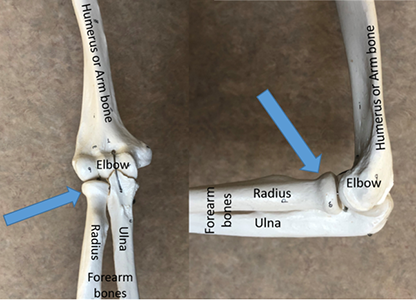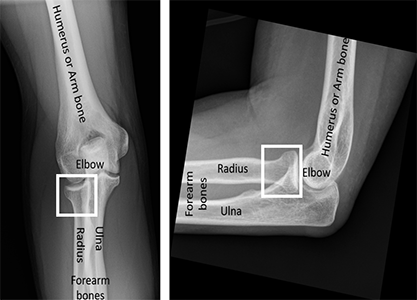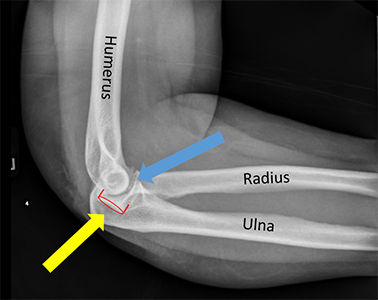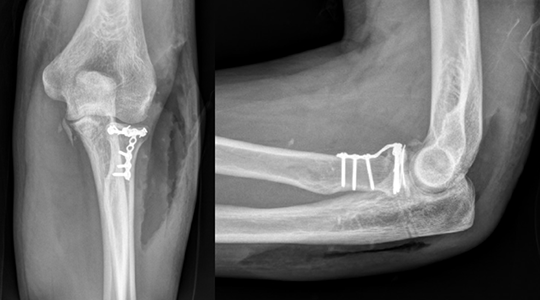Physical Therapy Videos - Elbow
What Is It?
The elbow connects your upper arm to your forearm. One of the joints in the elbow is the radio-capatellar joint. The round radial head moves against a part of the upper arm bone called the capitellum. This movement helps you turn your palm up and down, and bend and straighten your elbow. The elbow joint is surrounded by a thick capsule, ligaments, and muscles. Nerves and blood vessels also cross the elbow.
How It Happens
Most elbow fractures, including radial head fractures, happen when you fall on your outstretched hand. The impact travels from your wrist, through your forearm, and up to your elbow. At some point, the bones might break. The radial head or neck often breaks in these cases.
First Steps
If you break your radial head, you'll likely go to the emergency room. They will order X-rays to check your elbow. Many radial head fractures can be treated without surgery. You might receive a sling and be told not to lift anything heavy. It's important to see a doctor to determine the best treatment for you.
Treatment
Most radial head fractures are treated without surgery. This requires the bone pieces to be lined up well and the elbow to move well. Non-operative treatment usually means resting in a sling, then starting gentle motion typically in just a few days. Lifting heavy things is limited for six to twelve weeks. If the bones don't line up or block elbow motion, you might need surgery. Surgery can involve fixing the bones with screws, plates, or wires, or replacing the radial head with a metal piece. After surgery, you may need physical therapy.
Recovery
After surgery, you might have a splint or a cast to protect your elbow as it heals. You'll likely start physical therapy early to prevent stiffness. It might be several weeks to months before you can lift heavy things. Your surgeon will check on you to make sure you're healing well.
Long Term
Long-term issues after a radial head fracture can include stiffness, arthritis, and pain. Stiffness is common, but it usually doesn't affect the use of your arm too much. Arthritis can form in any joint that's had a break or injury. Sometimes, extra bone forms around the elbow after a fracture, which may affect your elbow's movement. Radial head replacements can wear out over time and might need to be replaced or removed.
Physical Therapy Videos - Elbow
More Information
---
Christopher Domes, MD
Edited by the OTA Patient Education Committee and Steven Papp, MD (section lead)
All x-rays and pictures taken from the personal collections of Dr. Domes and Christopher Doro, MD







